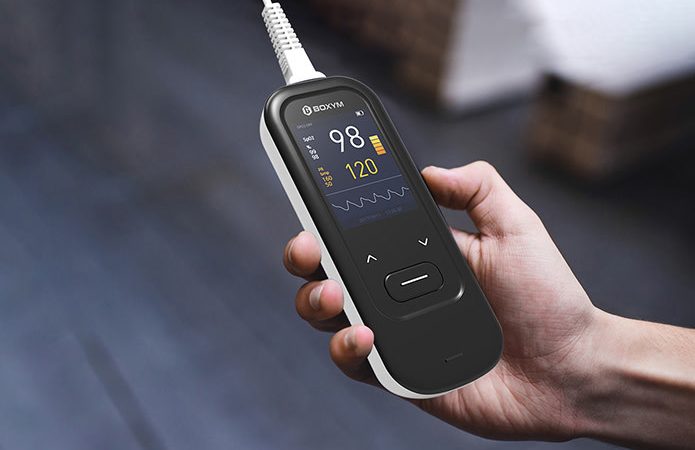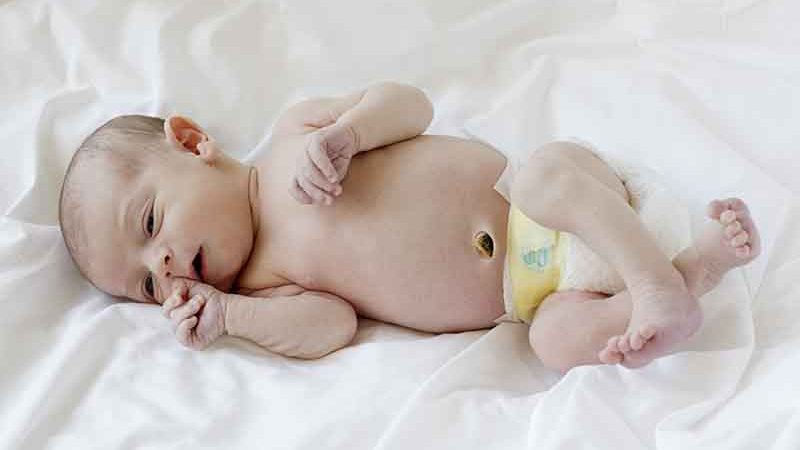Wearable Technology Design for Autism Spectrum Disorders
Wearable techs are associated with health from the very beginning. First-generation wearables were fitness and health tracker designed with features like heart rate monitor, body temperature, and also track calories burned, numbers of steps, and others.
More advanced wearables come with more advanced wearable sensors for muscle motion, brain activity, and many more. More advanced and precision sensors allow wearables to be used to monitor and to help people with certain health conditions including people with autism spectrum disorders.
Contents
Behavior Challenges from Autism Spectrum
Individuals who have autism spectrum disorder have a lack of social communication skill making them difficult to connect with other people. It also makes them lack of situational awareness. Individuals with autism spectrum also tend to have anxiety that can lead into aggressive behavior.
Other behaviors are associated with autism spectrum and for the parents and caregivers, it can be overwhelming to monitor them and to help them to fit with the surrounding world. New wearable technology designs have been developed with the aim to help individual with autism spectrum and their caregivers.
Thanks to the development of advanced wearable sensors. The new technology leads to more precision and more reliable sensor readings and with the advanced algorithm, it can create wearables designed to help individuals with autism spectrum.
Read also: 5 Wearable Devices That are Changing the Future of Construction Safety
Location Tracking and Outburst Prediction
The most basic yet very useful sensor would be the location tracking sensor. A wearable device worn by an individual with autism is connected with the caregiver’s smartphone or other gadgets. The tracking sensor allows the caregiver to keep tracking and monitoring ensuring the individual with autism won’t be lost.
Other sensors can be used to help to deal with the aggression of individuals with autism spectrum. The wearable device has sensors to read heart rate, sweat levels, skin temperature, and also movement. Data collected from those sensors will be analyzed by a machine learning algorithm to predict outbursts. Aggression outburst prediction device is currently still in the development phase however, the current version already offers 70% accuracy, making it very promising.
The final product is planned to have a personalization feature to offer even better prediction accuracy. Caregivers of individuals with autism spectrum would find it really helpful to have a device to alert possible aggression outburst allowing them to prepare the right prevention.
Read also: The Pros and Cons of Wearable Technology in the Workplace
Improving Social Communication and Situational Awareness
Beyond tracking and monitoring, wearable technology designs are also aimed to help an individual with autism spectrum to deal with their lack of social communication and situational awareness.
One of the new wearables still under development is dynamic pressure vest. It is the advanced version of the weighted blanket and pressure vest that already widely used to help reduce anxiety and help to sleep easily. It comes with advanced sensors and connected to an app to control how much pressure the vest can give to the individual that wears it based on particular need with less disruptive way.
Augmented reality-based smartglasses (AR glasses) are also developed to help an individual with autism disorders improve social interactions. The AR glasses supported with an AI-based algorithm will identify social cues from other people such as eye contact and body language and translate it into information to the AR glasses wearer.
This device can help the wearer to learn more about emotion recognition, managing transition, and encourage more communication.




